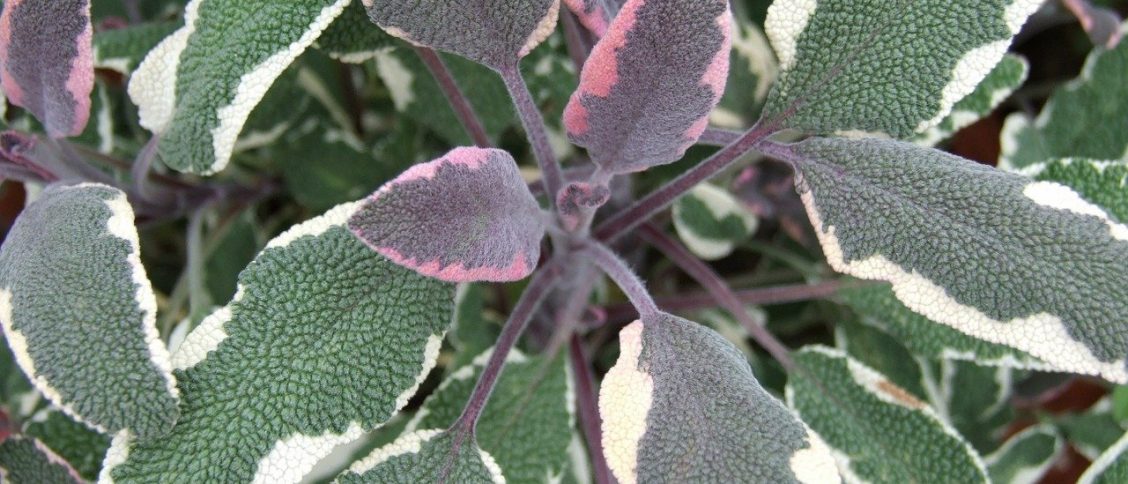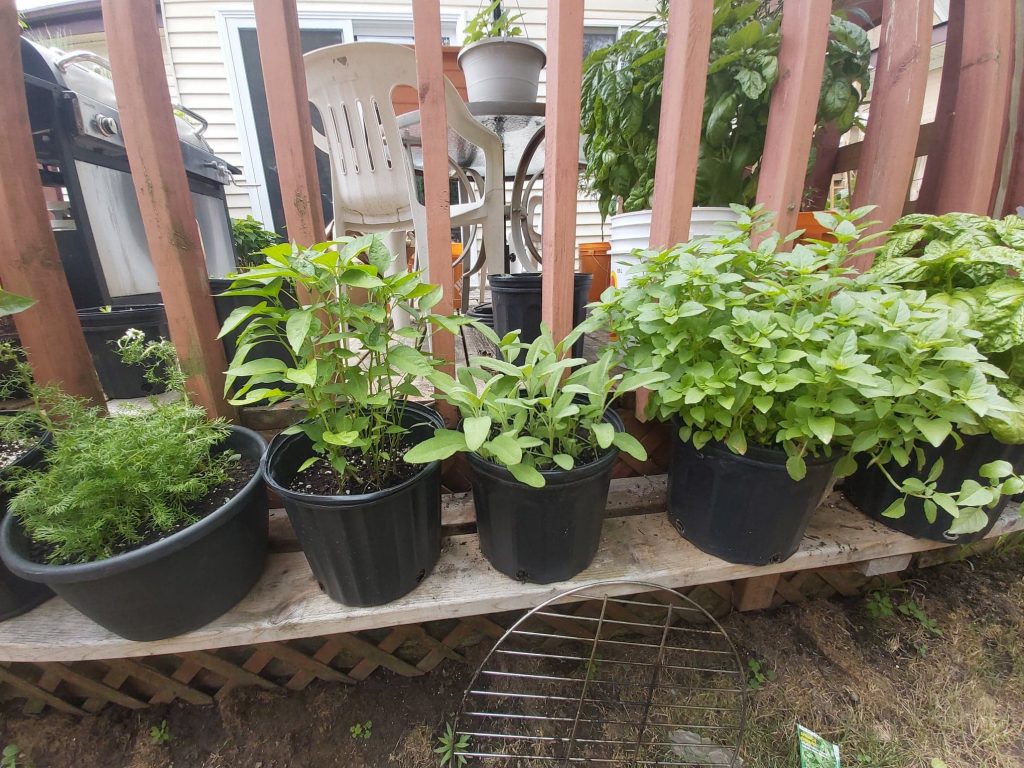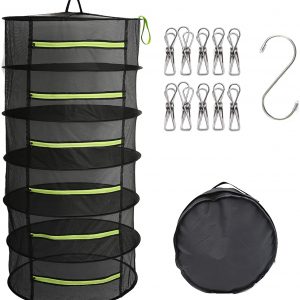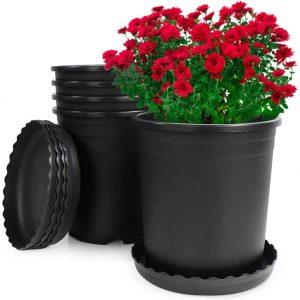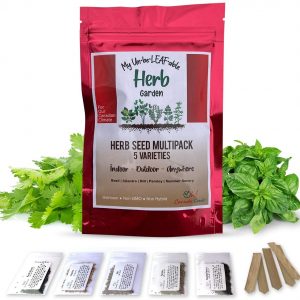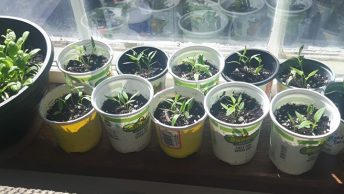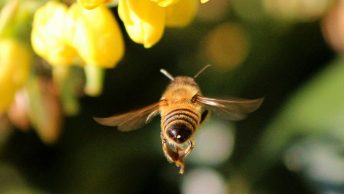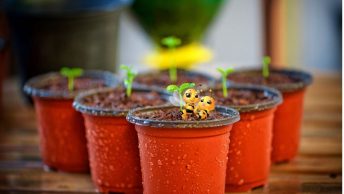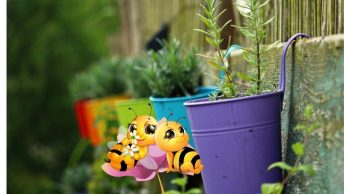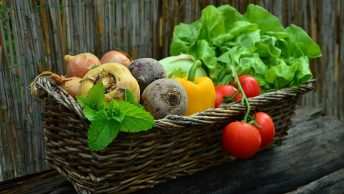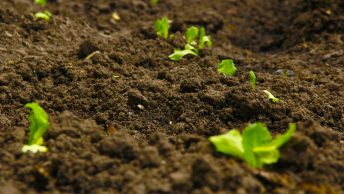Stunning Ways to Growing Sage in Containers vary of course. However part of making them so stunning is proper care. There are many varieties of Sage to choose from. So what types are there? And which types are best for adding beautiful color and scents to your backyard garden?
Table of Contents
Types of Sage To Grow In Containers for Stunning Results
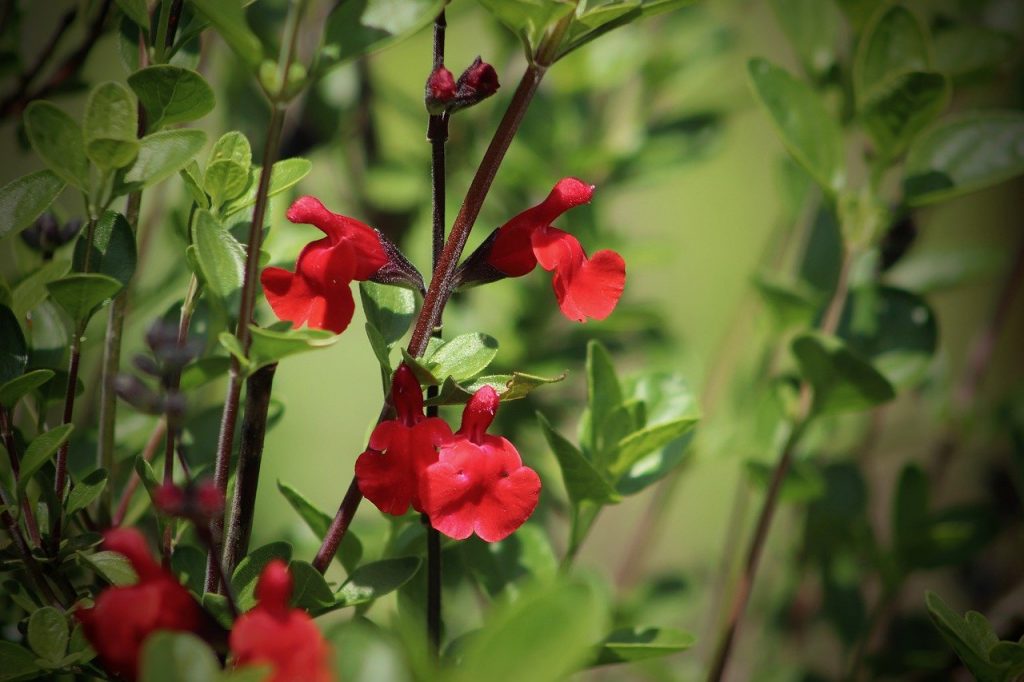
Ornamental Sage
The Zierasalbei Sage Flower above is a beautiful addition to any garden. It is still part of the mint family. Ornamental sage is not poisonous however it has a bitter taste and it is definitely different than culinary sage plants. Some common varieties include:
- Blue Hills
- Amethyst
- Caradonna
- Porcelain
- Royal Bumble
- Hot lips
Common Culinary Sage Plants
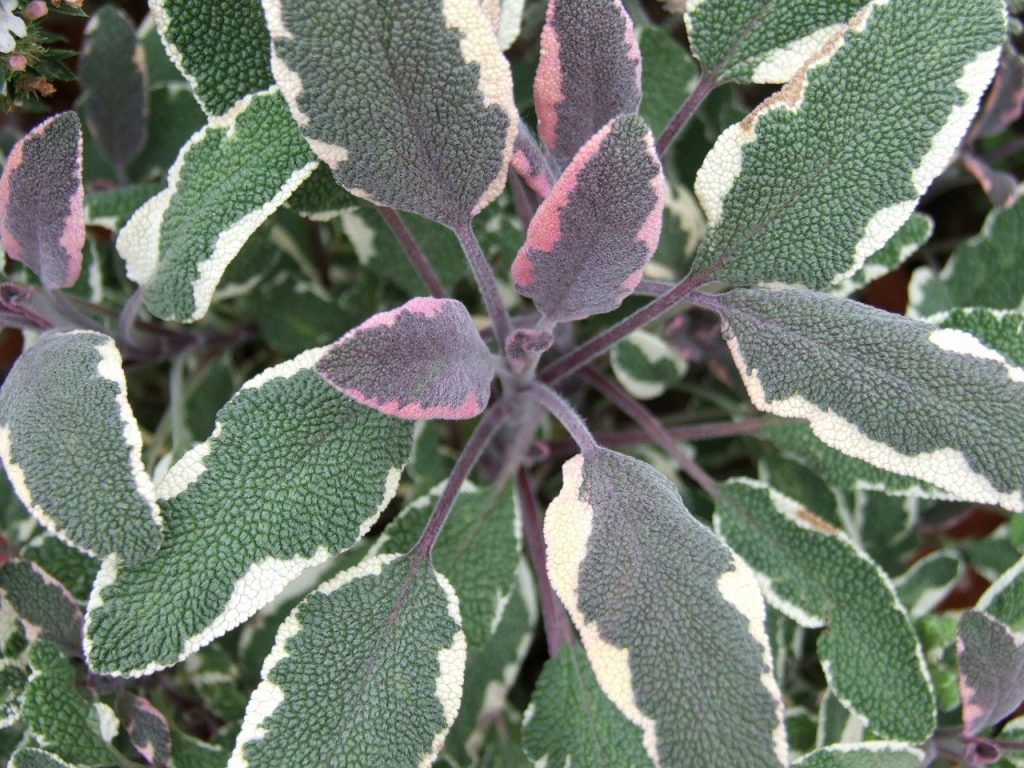
Tricolor Sage Plants
The leaves are green purple and white. It adds a beautiful addition to your garden and it is a great herb to keep in your pantry. These plants are prone to rust so keep your eyes out for any leaves turning a fusty color. Remove the leaves and make sure you plant is in full sun.
They can also be very vulnerable to aphids, mealybugs, spider mites spittlebugs, thrips, and whiteflies. I have never had that problem. Even being in the hot humid summer climate of Ontario. Damp conditions can also invite other bugs like slugs who will nibble on your leaves and roots.
Growing Common Sage in Containers
Planting Your Common Sage For Culinary Use
The growth rate is actually very moderate. The soil PH should be around 5.6-7.8 for optimal growing. Use well-droned planters any size you choose. You should plant the seeds about 1/8 of an inch deep. Furthermore, the seeds in the container should be about 6-12 inches apart.
Companion Planting Sage Plants
Plant your sage near other containers like Carrots, Rosemary, Strawberries, and Tomatoes. Avoid planting Sage with Cucumbers or Fennel Plants. Once they have been planted into the permanent pot, your plant should grow about 1-3 feet tall depending on the planter size.
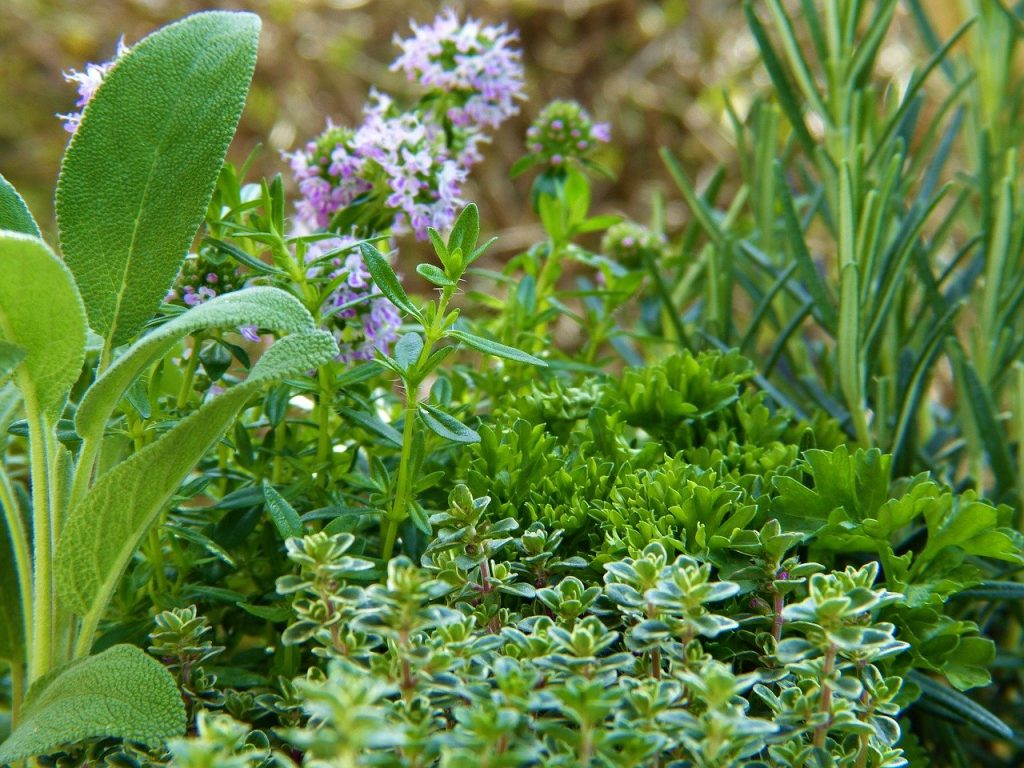
Caring For Your Sage Plants in Containers
- Sage Plants love full sun and take 75 days to start harvesting
- Low to Moderate Water so I would use a Miracle-Gro Moisture Control Soil
- Well drained containers should be used
- Allow lots of airflow for these plants by spacing and keeping them pruned
Harvesting Your Sage Plants
When you grow Sage you can eat the flowers, stems and leaves of this amazing herb. To harvest you can pinch off the leaves or snip off the flowers. If your going to move your plant indoors for the winter. You may want to consider exchanging it for a new one in 3- 4 years. It does lose its flavor over time and may seem a bit woody instead of the normal taste you get from Sage.
Freezing Your Sage Leaves
Preserving your Sage is simple, you can freeze in ice cube trays by cutting the leaves up, place them in the cubes. Add enough water to cove them and freeze for later use.
Storing Your Sage Leaves in the Fridge
The leaves can stay fresh in the fridge for a few days, however, I would recommend wrapping them in a damp paper towel, place them in a zip lock bag but do not zip it fully closed.
Drying Your Sage Leaves
My preferred method is in the oven. I place them on some parchment paper and a cookie sheet. I place the leaves spread out evenly and bake in a low temperature of 170 Degrees F for about 2 – 4 hours. They can then be stored in jars or bags for using all year round.


